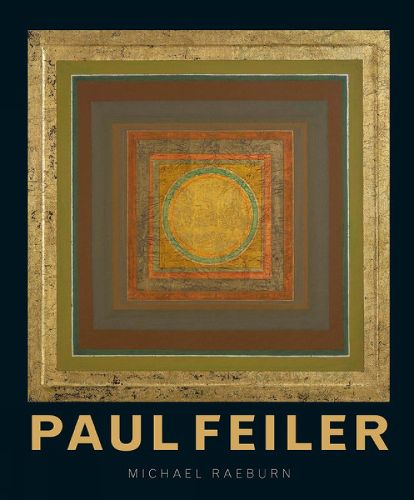Readings Newsletter
Become a Readings Member to make your shopping experience even easier.
Sign in or sign up for free!
You’re not far away from qualifying for FREE standard shipping within Australia
You’ve qualified for FREE standard shipping within Australia
The cart is loading…






The paintings of Paul Feiler (1918-2013), the focus of this first survey of the artist’s life and career, were inspired by the English landscape, particularly the cliffs and inlets of the coast of south-west Cornwall. For his friend Peter Lanyon, Feiler’s early works provided him with a sense of ‘calm and I mean a sense of pause…To achieve that repose in the landscape I know one has to suffer the opposite.’ Feiler’s vision was based on the understanding that ‘you stand vertically and you look horizontally’; through this he aimed to fulfil Cezanne’s requirement that ‘a picture should give us…an abyss in which the eye is lost.’ He moved from painterly abstraction to an exploration of the elusive nature of space through the effects of narrow bands of colour, silver and gold in a pattern of square and circle, which he varied and developed over more than forty years. Based on full access to the artist’s archive of letters, catalogues and photographs, Michael Raeburn describes how Feiler overcame many painful early experiences to achieve the meditative serenity of his deeply spiritual work. For all those interested in the history of modern British painting, this is a much-needed resource.
$9.00 standard shipping within Australia
FREE standard shipping within Australia for orders over $100.00
Express & International shipping calculated at checkout
The paintings of Paul Feiler (1918-2013), the focus of this first survey of the artist’s life and career, were inspired by the English landscape, particularly the cliffs and inlets of the coast of south-west Cornwall. For his friend Peter Lanyon, Feiler’s early works provided him with a sense of ‘calm and I mean a sense of pause…To achieve that repose in the landscape I know one has to suffer the opposite.’ Feiler’s vision was based on the understanding that ‘you stand vertically and you look horizontally’; through this he aimed to fulfil Cezanne’s requirement that ‘a picture should give us…an abyss in which the eye is lost.’ He moved from painterly abstraction to an exploration of the elusive nature of space through the effects of narrow bands of colour, silver and gold in a pattern of square and circle, which he varied and developed over more than forty years. Based on full access to the artist’s archive of letters, catalogues and photographs, Michael Raeburn describes how Feiler overcame many painful early experiences to achieve the meditative serenity of his deeply spiritual work. For all those interested in the history of modern British painting, this is a much-needed resource.